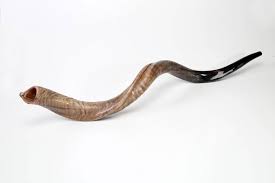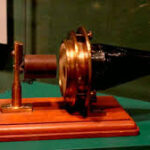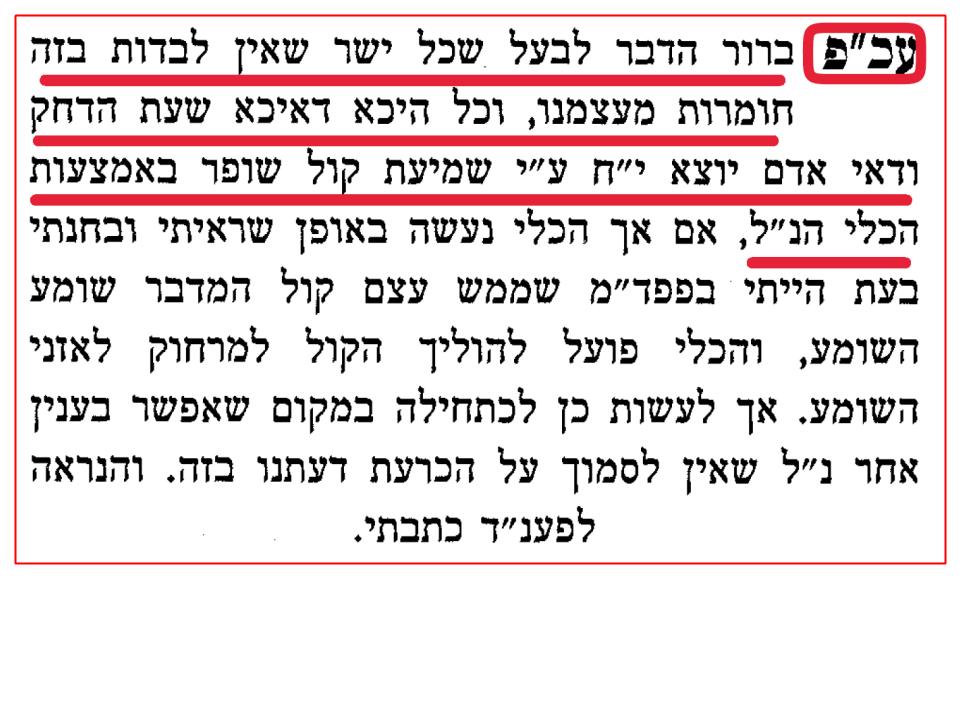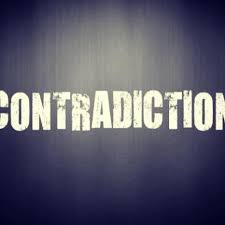A Global Response to the Telephone

In the 1930’s and early 40’s a group of poskim were addressing the question of using the telephone from every corner of the globe.
First we meet Rabbi Yaakov Moshe Toledano (wiki) from Cairo who published an important teshuva in this regard (ים הגדול סימן כט). He begins by pointing out that we should not think of the sound coming over the phone like אוב וידעוני, but that it really is the sound of the person on the other end of the line. He concludes, like Rabbi Litvin, that one can even fulfill the obligation of the Shofar over the phone.
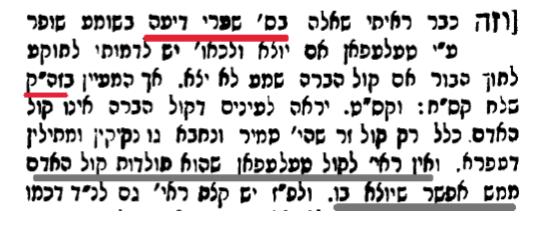
Then, Rabbi Aryeh Tzvi Frummer (wiki) from Poland (שו”ת ארץ צבי ח”א סימן כג ,1938) distinguishes between the gramophone, which is recorded in advance, and the telephone which is the current voice of the person who is recited the beracha or the tefila. Since it is happening at the same time, the one at a distance can fulfill their obligation. He also emphasizes that a voice heard over a telephone should not be considered like the voice of אוב.
Finally, Rabbi Aaron Milevsky (wiki, in Hebrew), while serving as the Chief Rabbi of Montevideo, Uruguay also addressed this question (1941, שו”ת מנחת אהרון סימן יח). He, like Rav Kook and Rav Chaim Elazara Shapira, distinguished between Shofar and Tefila and decided to read the Megila on the radio. We will come back to Rav Milevski when we analyze Rav Uziel’s dissenting opinion.

These three gedolim from Poland, Cairo and Montivideo all understood that even someone at a great distance could fulfill an obligation for another. They all seem to think that the actual voice is being heard on the other end of the phone. They are not bothered by, or perhaps not interested in, the technical question of how the voice gets transmitted. It is not until Rav Shlomo Zalman that poskim begin to ask that question. Next time we will look at a fascinating teshuva by a key student of Rav Elazar Shapira who went even further than his Rebbe.
